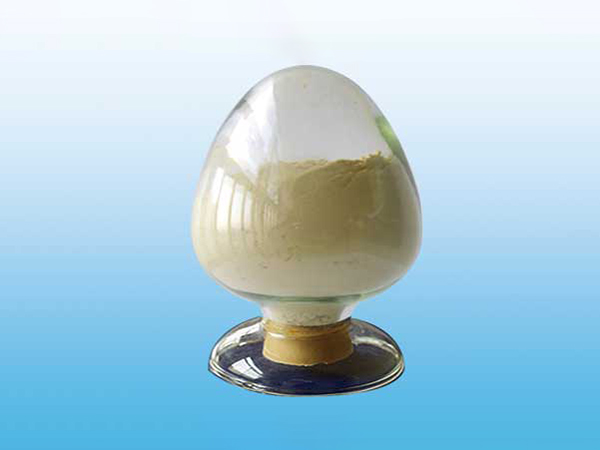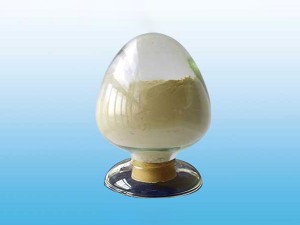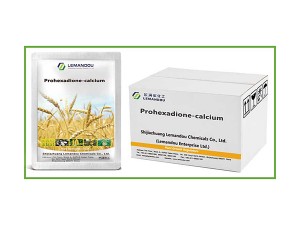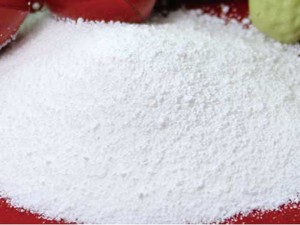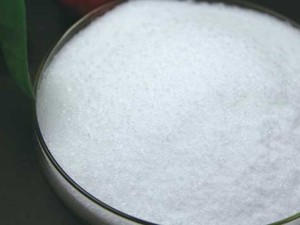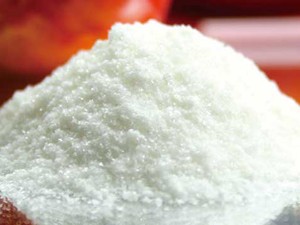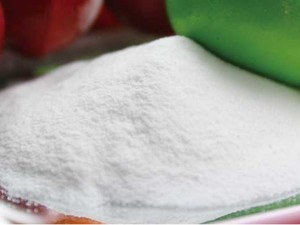Prohexadione Calcium
| CAS No. | 127277-53-6 | Molecular Weight | 462.46 |
| Molecular | 2(C10H11O5)·Ca | Appearance | Light brown powder |
| Purity | 90.0% min. | Melting Point | 360 °C |
| Residue on Ignition | 0.1% max. | Loss on Drying | 0.1% max. |
Application / Usage / Function
Prohexadione calcium can inhibit the synthesis of gibberellic acid through absorption by plant seeds, roots and leaves. It works through seed soaking, watering and spraying treatments. Compared with the widely used triazole retarders, Prohexadione calcium has no residual toxicity to rotating plants and no pollution to the environment, so it may replace triazole growth retardants. It has wide application prospects in agriculture.
Prohexadione calcium can shorten the elongation of the stems of many plants, control the growth of crop nodes, make the stems strong, dwarf the plants, prevent lodging; promote fertility, accelerate the growth of lateral buds and roots, and keep the stems and leaves dark green; control flowering time, increase fruit setting rate, and promote fruit maturity. It can also improve the stress resistance of plants, enhance the ability of plants to resist diseases, cold and drought, reduce the phytotoxicity of herbicides, thereby improving harvest efficiency.
Prohexadione calcium can significantly shorten the stem height of rice stalks and increase the yield. It is mainly used to regulate the growth of rice, barley, wheat, and turf, and has significant lodging resistance and dwarfing properties. The lodging resistance effect on rice is obvious, and the growth inhibition effect on the lawn is significant.
Packing
1 KG aluminum bag, 25 KG net fiber drum or packed as your requirements.
Storage
Keep in cool, dry and ventilated place, sealed container.






